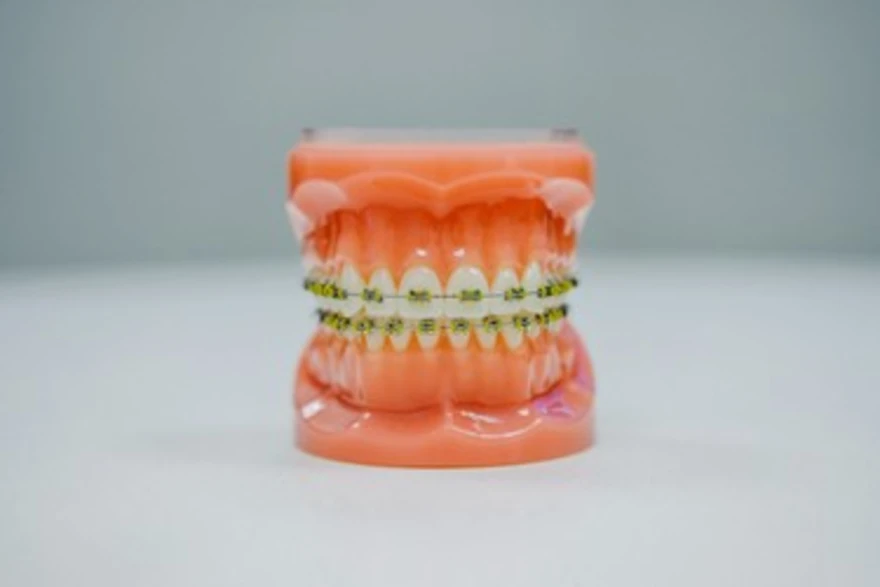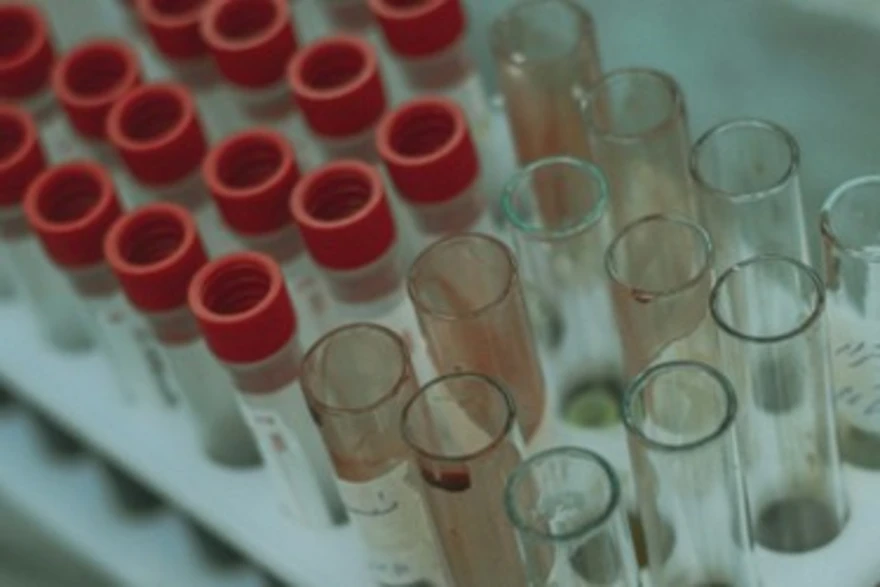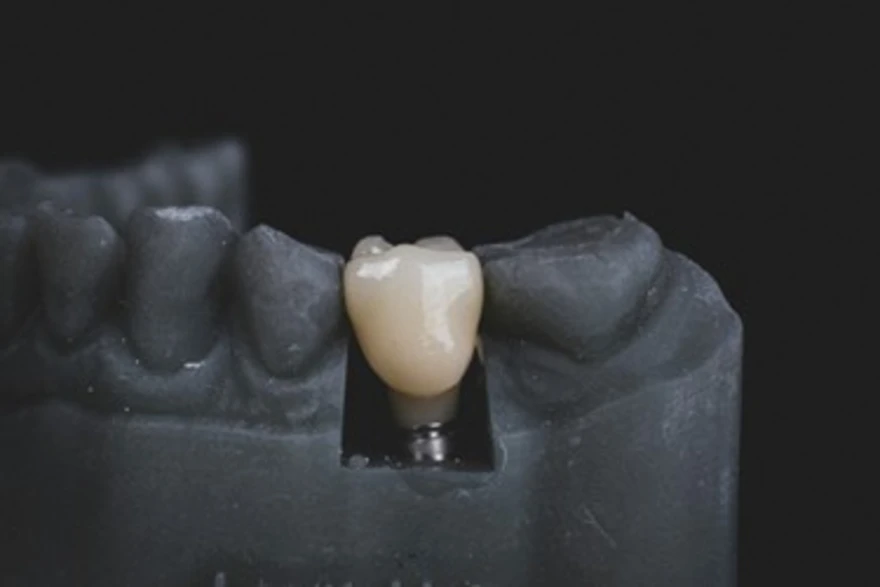Preventive Healthcare
Exploring Hemoglobin: Normal Range, Levels, Low Hemoglobin and More

Table of Contents
Your body needs oxygen to function, and anyone with insufficient blood cells or red blood cells that do not function properly risks their body not getting enough oxygen supply. Without sufficient oxygen, the different parts of the body will not function properly, resulting in numerous health issues. Haemoglobin is a protein usually found in the red blood cells; they are iron-rich and allow the flow of oxygen to the body's other tissues through the blood. Although low levels of haemoglobin are a sure indicator of anaemia, higher than normal haemoglobin range indicates severe health conditions. Understanding haemoglobin range and what it means for your health is essential for anyone who wants to live a healthy lifestyle.
What Is Haemoglobin?
Haemoglobin is the protein present in the red blood cells responsible for transporting oxygen to the rest of the body. Each haemoglobin protein has four atoms of iron, meaning it can carry four oxygen molecules simultaneously. The haemoglobin then attaches itself to the red blood cells and delivers oxygen wherever the blood flows. As all the billions of cells in your body need oxygen to maintain and repair themselves, haemoglobin plays a significant role in maintaining your health. Haemoglobin is also why your red blood cells get a disc-like shape. This shape enables them to move swiftly within the blood vessels.
How Is Your Haemoglobin Range Tested?
A simple blood test, also called a haemoglobin test, assesses your haemoglobin levels. The lab technician will take your blood sample and then send it to the testing centre. It is part of the complete blood count (CBC) test. This is a reasonably risk-free test, although you may feel mild pain from the needle entry and slightly bruising near the spot. Dizziness is a rare side effect of the test, but it usually disappears quickly.
Why Is a Haemoglobin Test Done?
Although a haemoglobin test can be recommended for multiple reasons, they usually amount to one of these three reasons.
To Diagnose a Condition
This is one of the obvious uses of a haemoglobin test. It is usually prescribed if you experience fatigue, dizziness, shortness of breath or weakness. Most of these symptoms indicate conditions like anaemia, polycythemia or other conditions.
Checking Your Overall Health
Haemoglobin tests are part of the routine blood analysis you may carry out yearly. It comes under the complete blood count test and is primarily done to monitor your overall health and screen for emerging conditions like anaemia.
To Keep Track of a Medical Condition
Suppose you have an underlying medical condition such as polycythemia vera or anaemia. In that case, your doctor may suggest regular haemoglobin tests to monitor your condition and alter your treatment if needed.
Normal Haemoglobin Range
Your haemoglobin range depends on factors such as your age and gender. Here is what normal haemoglobin ranges look like.
Infants: 11-18
Young children: 11.5-16.5
Adult male: 13-16.5
Adult females (not pregnant): 12-16
Adult female (pregnant): 11-16
Interpreting Your Results
High Haemoglobin Range
High haemoglobin levels may signify a rare blood disorder known as polycythemia. In this disorder, your body produces excess red blood cells, which makes your blood thicker than usual. Due to this, you are at a higher risk of developing clots, strokes and heart attacks. It is a serious lifelong condition, which may be fatal without correct treatment.
Other causes of your results being near the higher haemoglobin range could be dehydration, living at higher altitudes and smoking. It could also indicate other severe conditions such as heart or lung diseases.
Low Haemoglobin Range
Lower levels of haemoglobin indicate that you may have anaemia. Anaemia is of different types, including the following:
- Iron-deficiency anaemia: This is one of the most common types of anaemia and usually occurs when you do not have enough iron in your body and cannot make the haemoglobin you need. Although it usually happens because your body may not absorb enough iron, it also can happen in cases of excessive blood loss.
- Pregnancy-related anaemia occurs as pregnancy and childbirth require significantly higher amounts of iron.
- Vitamin-deficiency anaemia: This kind of anaemia results from low nutrient levels such as folic acid or vitamin B12.
- Aplastic anaemia: In this disorder, your immune system destroys the blood-forming stem cells in the bone marrow, resulting in fewer red blood cells.
- Hemolytic anaemia: This type of anaemia can have a genetic origin or result from another condition. It is caused due to the breakup of red blood cells in the spleen or bloodstream.
- Sickle cell anaemia: Another genetic condition that occurs because of the abnormal haemoglobin protein that causes the blood cells to have a sickle shape stopping them from flowing through the smaller blood cells.
Low Haemoglobin Levels in Infants
There are chances that a newborn develops temporary anaemia around the age of 6 to 8 weeks. It is caused when the infant runs out of the RBCs they were born with and have not yet created their new cells. This condition has no adverse effects unless they have an underlying condition. It can also result from breaking down the blood cells too fast, resulting in the yellowing of the skin, known as jaundice.
Once you have interpreted your results, your doctor may advise various treatment methods based on the cause of the anaemia. Most often, the treatment for anaemia will include a change in the diet or an addition of a dietary supplement that helps with iron or vitamin deficiency. Polycythemia is a lifelong condition that is not curable. However, medicines help manage the symptoms.
Book Blood Test at Home
In Summary
Haemoglobin is a protein present in the red blood cells that helps transport oxygen through the blood. Higher than normal haemoglobin range is caused due to polycythemia, whereas lower than average haemoglobin usually results in anaemia. Keeping track of your haemoglobin levels is especially important for individuals with a history of anaemia or at risk.
Metropolis Labs is one of the leading diagnostic centres in India. They provide customers with the convenience of at-home sample collection, so you do not need to step out of the house, especially when not well. Check out the different diagnostic tests they offer to find the ones that suit you best.


























